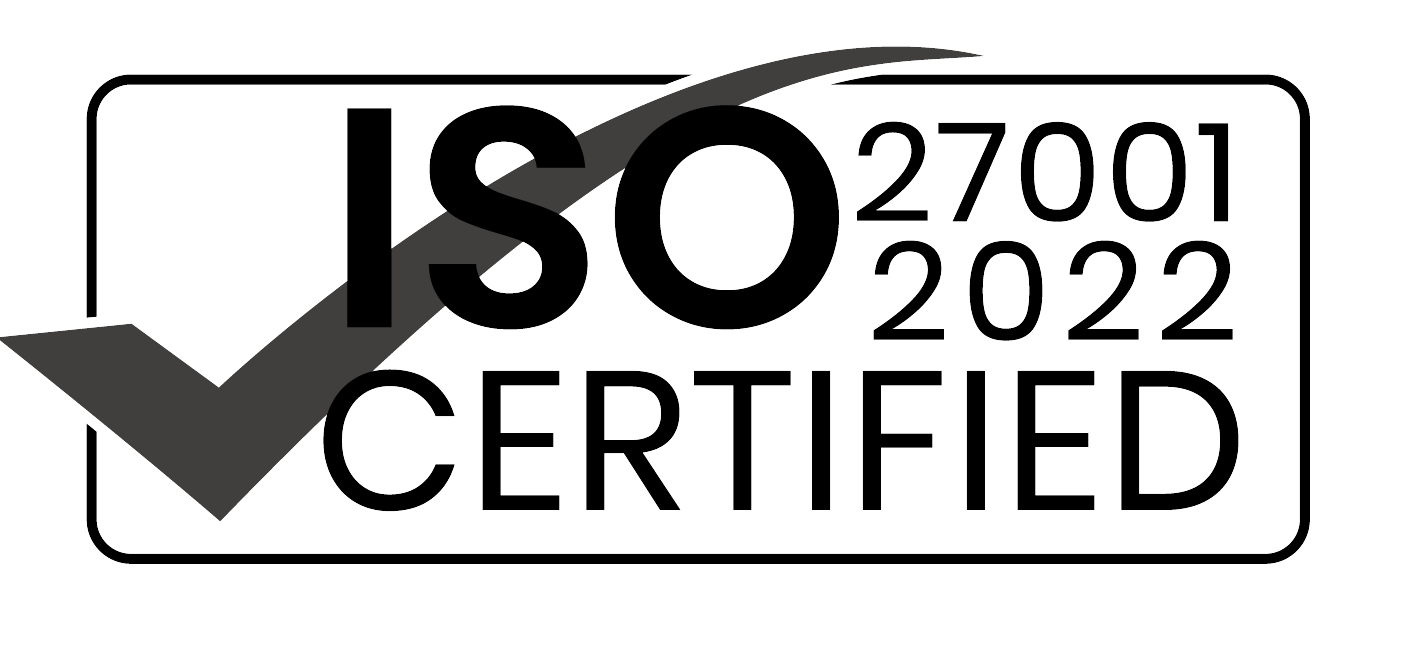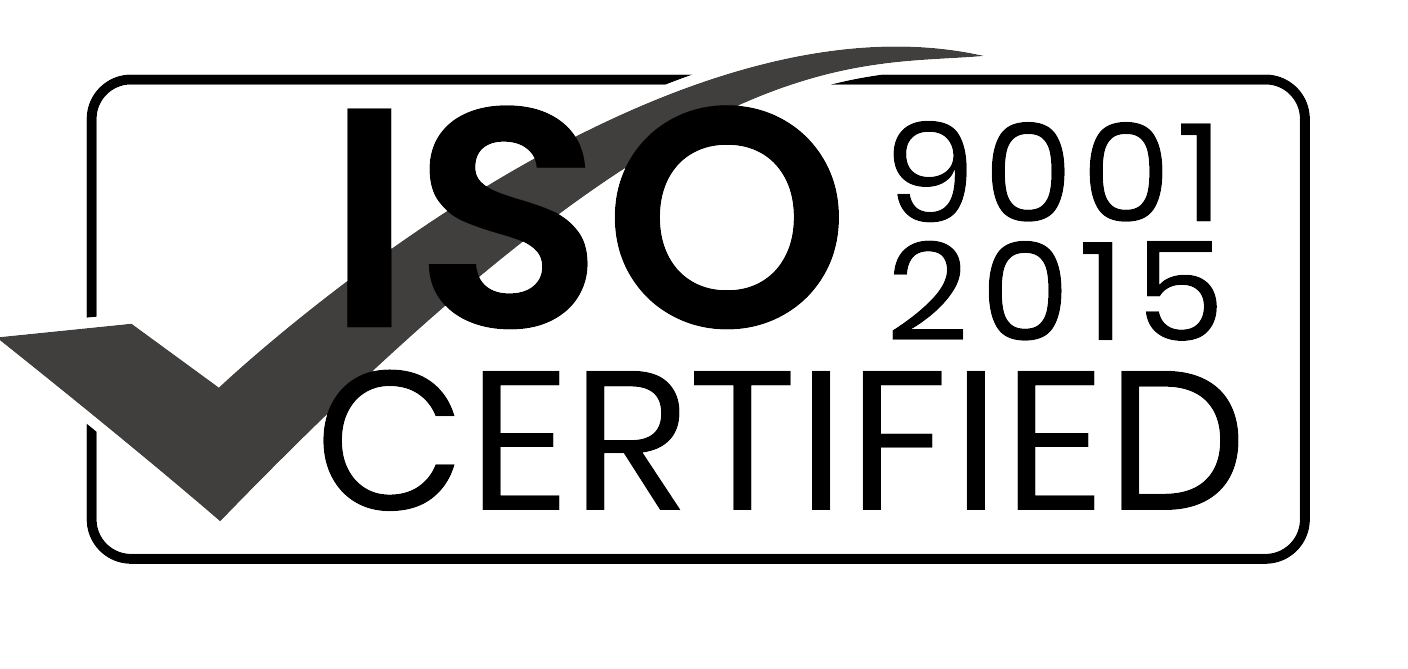In the ever-evolving digital landscape, cultivating a positive brand perception is paramount for businesses seeking to thrive in competitive markets. With the proliferation of social media platforms, online forums, blogs, and news outlets, consumers are constantly bombarded with information and opinions about brands. In such a dynamic environment, understanding and managing brand perception has become both an art and a science. This is where the power of media monitoring comes into play.
Media monitoring, also known as social listening or brand monitoring, refers to the process of tracking and analyzing mentions of a brand, product, or industry across various media channels. By monitoring conversations, sentiments, and trends related to their brand, companies can gain valuable insights into consumer perceptions, identify potential issues, and capitalize on opportunities to enhance their reputation and market position.
In this article, we will delve into the significance of media monitoring in shaping brand perception, explore the tools and techniques involved, and discuss real-world examples of how businesses leverage media monitoring to their advantage.
Understanding Brand Perception

Brand perception encompasses the beliefs, attitudes, and opinions that consumers hold about a brand. It is shaped by a multitude of factors, including product quality, customer service, marketing campaigns, and overall brand image. In today’s digital era, where information spreads rapidly and opinions can be amplified through social media, brand perception can change in an instant.
Consumers no longer rely solely on traditional advertising to form opinions about brands; they turn to online reviews, social media conversations, and influencer endorsements to inform their purchasing decisions. As a result, brands must actively monitor and manage their online presence to ensure that they are perceived positively by their target audience.
The Role of Media Monitoring
Media monitoring serves as a strategic tool for brands to gain insights into how they are perceived by consumers and stakeholders. By tracking mentions of their brand across various online channels, companies can:
- Monitor Brand Sentiment: Media monitoring allows brands to gauge the sentiment surrounding their brand in real-time. By analyzing whether mentions are positive, negative, or neutral, companies can identify areas for improvement and address potential issues before they escalate.
- Identify Trends and Emerging Issues: By monitoring conversations and trends within their industry, brands can stay ahead of the curve and identify emerging issues or opportunities. Whether it’s a new trend that aligns with their brand values or a potential crisis brewing on social media, proactive monitoring enables brands to respond swiftly and appropriately.
- Track Competitor Activity: Media monitoring also extends to tracking competitor activity and sentiment. By understanding how competitors are perceived and how they are positioning themselves in the market, brands can adjust their own strategies accordingly to maintain a competitive edge.
- Engage with Customers: Social media monitoring allows brands to actively engage with their audience, respond to customer inquiries and feedback, and build meaningful relationships. By demonstrating responsiveness and transparency, brands can foster trust and loyalty among their customer base.
Tools and Techniques for Media Monitoring

A variety of tools and techniques are available to help brands effectively monitor their media presence and sentiment. These include:
- Social Media Listening Tools: Platforms like Hootsuite, Sprout Social, and Brandwatch offer social media listening tools that enable brands to monitor conversations, track mentions, and analyze sentiment across multiple social media channels.
- Google Alerts: Google Alerts is a free tool that allows brands to monitor mentions of their brand or relevant keywords across the web. Users can set up alerts to receive notifications whenever their brand is mentioned in news articles, blogs, or other online sources.
- Sentiment Analysis: Sentiment analysis tools use natural language processing (NLP) algorithms to analyze the sentiment of online mentions. These tools categorize mentions as positive, negative, or neutral based on the language used, providing brands with insights into overall sentiment trends.
- Competitor Analysis: In addition to monitoring their own brand, brands can use media monitoring tools to track competitor activity and sentiment. By benchmarking themselves against competitors, brands can identify areas where they excel and areas where they can improve.
Real-World Examples
Numerous companies have successfully leveraged media monitoring to enhance their brand perception and market position. Here are a few notable examples:
- Nike: Nike is known for its proactive approach to social media monitoring and engagement. The company actively listens to customer feedback on social media platforms, responds to inquiries and complaints in a timely manner, and uses insights from media monitoring to inform product development and marketing strategies.
- Netflix: Netflix utilizes media monitoring to track conversations around its original content and understand viewer preferences. By analyzing social media conversations and sentiment, Netflix can identify popular shows, gauge audience reactions, and tailor its content recommendations to individual users.
- Starbucks: Starbucks employs media monitoring to monitor customer feedback and sentiment across its global network of stores. The company uses this data to identify emerging trends, address customer concerns, and make operational improvements to enhance the customer experience.
Conclusion
In today’s digital landscape, brand perception is shaped by a complex interplay of online conversations, reviews, and social media interactions. By embracing media monitoring as a strategic tool, brands can gain valuable insights into consumer sentiment, identify emerging trends and issues, and engage with their audience in meaningful ways. By actively managing their online presence and reputation, brands can cultivate a positive brand perception that resonates with their target audience and drives long-term success in the marketplace.







